The BlackBerry PlayBook
The BlackBerry PlayBook, released in April 2011, was a bold entry into the tablet market, boasting features that aimed to leverage BlackBerry’s stronghold in the business sector. but, its discontinuation in January 2022 highlighted the rapid evolution of tablet technology. Here’s an in-depth comparison between the PlayBook and current tablet technologies, outlining the nostalgic features lost and the significant advancements gained.
Nostalgic Features Lost
- BlackBerry Ecosystem Integration:
- Email and Messaging: The PlayBook was tightly integrated with BlackBerry services, providing seamless access to BlackBerry Messenger (BBM) and email accounts. This integration made it a preferred choice for professionals who relied on secure and efficient communication.
- BlackBerry Bridge: This feature allowed users to connect their PlayBook to a BlackBerry smartphone, enabling users to access their phone’s apps, emails, and contacts directly on the tablet, enhancing the device’s functionality for BlackBerry users.
- Unique OS:
- The PlayBook ran on QNX, a microkernel operating system that was designed for real-time performance. Its card-based multitasking interface was innovative at the time, allowing users to switch between applications fluidly. This design, while unique, eventually limited the app ecosystem.
- Hardware and Build Quality:
- The PlayBook was known for its solid build, with a 7-inch LCD display and a resolution of 1024 x 600 pixels. It also featured a front and rear camera, which, while basic by today’s standards, contributed to its multimedia capabilities.
Significant Advancements Gained
- App Availability:
- Modern tablets, such as Apple iPads and Android tablets, offer access to extensive app ecosystems. App Store (iOS) and Google Play Store (Android) provide millions of applications for productivity, entertainment, and more. This is a significant shift from the limited selection of apps available on the PlayBook.
- Processing Power:
- Current tablets feature powerful processors (e.g., Apple’s M1 and M2 chips), enabling high performance and multitasking capabilities. In comparison, the PlayBook’s dual-core processor, while advanced for the time, struggles with modern applications.
- Display Technology:
- Modern tablets boast advanced display technologies, such as OLED and Retina displays with higher resolutions and better color accuracy. This allows for richer multimedia experiences compared to the PlayBook’s LCD screen.
- Operating System Features:
- Current tablets run on mature operating systems (iOS and Android) that support regular updates, robust security features, and integrations with cloud services. This increases usability and security compared to the outdated QNX OS of the PlayBook.
User Adaptation and Modern Replacements
Users who appreciated the PlayBook’s form factor and functionality have adapted to newer tablets by seeking devices that replicate its balance of portability and performance. Here are some modern devices that best replace the PlayBook’s key capabilities:
- iPad Mini:
- The iPad Mini offers a similar 7.9-inch form factor, aerodynamically designed for portability while retaining the power of iPadOS. It supports the Apple Pencil, making it suitable for note-taking and creative tasks.
- Samsung Galaxy Tab S7/S8:
- These tablets provide a larger screen size (11-inch and 12.4-inch options), powerful processors, and S Pen support for an enhanced writing experience. They also feature Samsung DeX, which allows for a desktop-like experience, mirroring some of the multitasking capabilities of the PlayBook.
- Microsoft Surface Go 3:
- For users who valued the PlayBook’s productivity features, the Surface Go 3 offers a Windows operating system in a compact form factor. It supports a full desktop experience with keyboard attachments, catering to professionals seeking a hybrid device.
- Lenovo Tab P11 Pro:
- This offers a premium display and solid performance, targeting media consumption and productivity. It includes a keyboard and stylus support, appealing to former PlayBook users who required versatility.
Conclusion
The BlackBerry PlayBook represents a unique point in tablet history, emphasizing business integration and innovative design. While its nostalgic features have largely been replaced by modern advancements in hardware, software, and app availability, users who loved the PlayBook’s form factor have successfully transitioned to current devices that echo its strengths. In doing so, they have embraced the numerous advancements that have revolutionized tablet technology since 2011, allowing for a richer and more connected mobile computing experience.
Is BlackBerry outdated?
By January 2022, BlackBerry officially closed its shop and discontinued all their mobile phones forever, no longer manufacturing their iconic BlackBerry’s.

